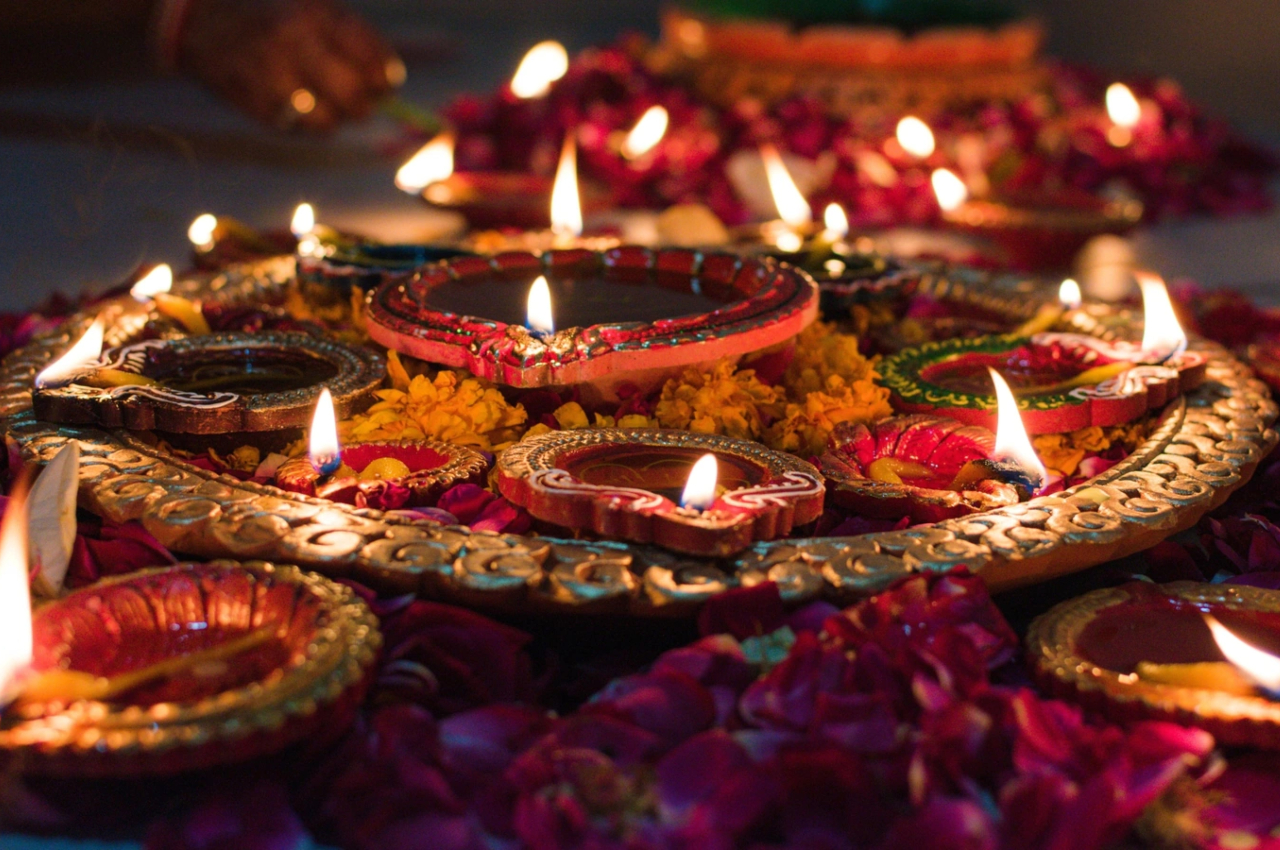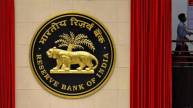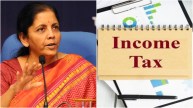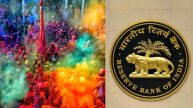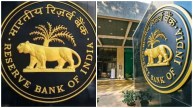New Delhi: Early data indicates that Indian customers are consuming a wide range of goods during the festive season that started last month, including jewellery, vehicles, homes, and television sets. This is encouraging growth hopes despite economic doom elsewhere in the world.
According to industry estimates, online and offline sales during the Hindu festival period, which begins in the last week of September and lasts until early November, are expected to reach $27 billion, which is close to double the amount during the same pre-COVID period in 2019 and close to 25% higher than the previous year.
The Confederation of All India Traders expects that the sales would include over $15.2 billion in offline transactions, up from roughly $8.5 billion in 2019. (CAIT). Redseer, a market research firm, predicts that online retailers like Amazon and Walmart’s Flipkart will generate $11.8 billion in sales this year.
Also Read: Prices of gold, silver released, check revised rates HERE
When the 1.4 billion-person country celebrates the two big festivals of Dussehra and Diwali in October and November, retail sales always reach their highest. Hindu tradition also considers this to be a lucky time of year to get married.
However, this year’s gain is significantly greater due to pent-up demand as COVID-19 recedes after wreaking havoc on the nation for two years, as well as an increase in earnings and a growth in employment as the economy improves, according to industry leaders.
“After two years of pandemic fatigue, Indian consumers are upbeat ahead of the festivals,” said Sanjay Kothari, associate partner at Redseer, adding online sales rose by nearly one-fifth in the first week of the season compared to last year.
Given that the number of online shoppers has increased by fourfold since 2018 to about 200 million and that demand for goods like mobile handsets and clothing is expanding to small towns, he predicted that such sales would likely remain robust for at least the next three months.
Also Read: Digital Banking Units to strengthen country’s digital infrastructure, says Shaktikanta Das
“We had not gone out of the city since the outbreak of COVID but decided to have some fun this year during the festivals,” said Manoj Kumar Das, a 53-year-old tea vendor in Bhubaneswar, the capital of the eastern state of Odisha.
Das, who makes roughly 30,000 rupees ($364) per month, claimed that this year, in addition to buying new clothes for his family, he spent almost 50,000 rupees on a seven-day trip.
According to the Federation of Automobile Dealers Associations, auto sales, including two-wheelers, increased 57% this month compared to last year and were roughly one-fifth higher compared to the pre-pandemic period in 2019.
According to a JLL consultant research, home sales in the country’s top seven cities increased over 70% year on year in the September quarter as builders provided festive discounts.
Also Read: Foreign investors withdraw Rs 7,500 cr from India equities market amid monetary policy tightening worries
Despite global economic concerns, including expanding inflation in the wake of the Russia-Ukraine war and steeply rising interest rates, India is experiencing a boom.
The IMF has predicted that next year will see a recession in nations that account for one-third of global production.
Since May, lending rates have increased in India as well by roughly 150 basis points as the central bank took action to tackle consumer inflation, which in September reached a five-month high of 7.41% year-over-year.
However, economists claimed that while economic activity was increasing, there was a sense in India that inflation had peaked. In the fiscal year that ends in March 2023, economic growth of about 6.5% is anticipated, which would be the highest rate among the main economies of the globe.
Read More :- Latest Business News
